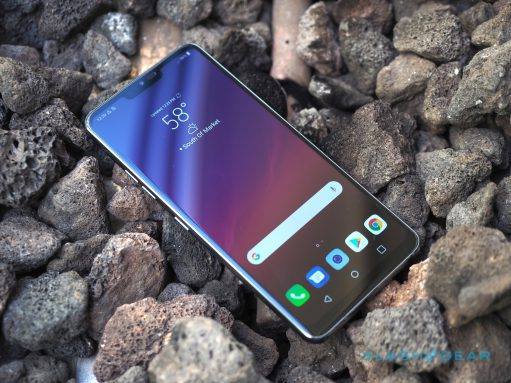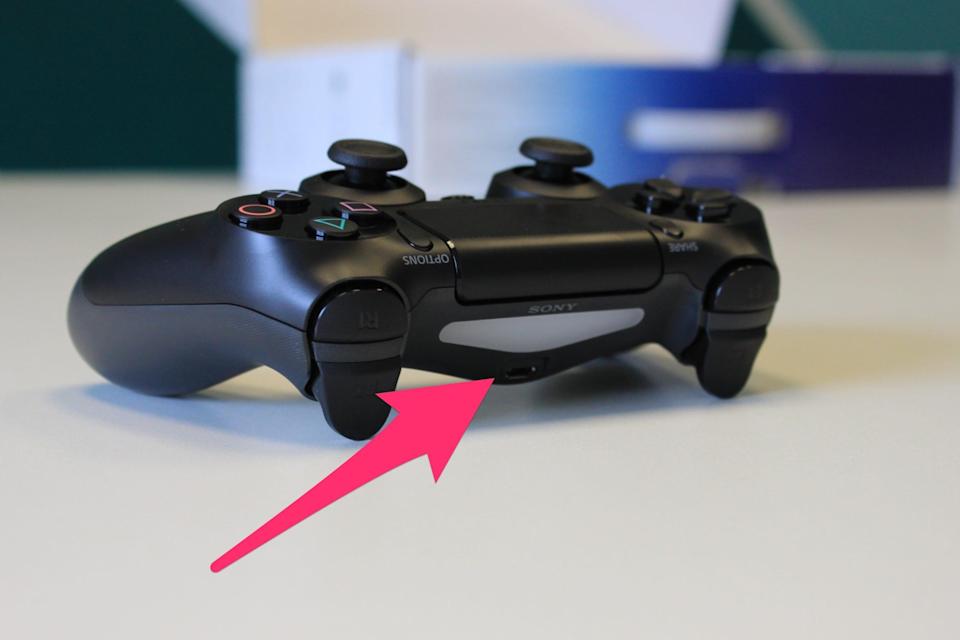If possible, the first thing I do to my new Android smartphone is unlock the bootloader and here are the steps to do this for the Nexus 6P.
I received my Nexus 6P this week and the very first thing I did was unlock the bootloader. I do this because I know that I’m going to want to gain root access to it, I’m going to want to install a custom recovery on it and I’m going to want to do other modifications that require an unlocked bootloader. The very first time you unlock your bootloader, it will do a factory reset on the Nexus 6P. So instead of setting everything up, only to have it all wiped later, I just go ahead and unlock the bootloader.
Unlocking the bootloader will not void your warranty on the Nexus 6P and you’ll still be able to use Android Pay. You will see a special splash screen during the boot process to warn you that the bootloader is unlocked. It only lasts a couple of seconds and then disappears as the boot animation shows up. Now, unlocking the bootloader can lead you to applying mods that will prevent things like Android Pay from working properly. So please be aware of that before you proceed with this or any other major modifications for the Nexus 6P.
Thankfully, the Nexus 6P comes with a very short USB Type-A to USB Type-C cable so you’ll be able to connect it to your PC. This is required because you need to execute some ADB & Fastboot commands in order to unlock the bootloader.
Nexus 6P Unlock Bootloader
- Download and Install the Google USB Drivers
- Enable Developer Mode on the Nexus 6P
- Enable USB Debugging on the Nexus 6P
- Open the Settings Application
- Scroll Down and Tap on the New ‘Developer Options’ Menu
- Locate and enable the ‘Enable OEM Unlock’ Option
- Install the ADB & Fastboot Tools
- Double-Click on the ADB & Fastboot Tools Shortcut Icon
- Then Type the Following Command in the Command Prompt Window. . .
- adb devices
- . . .Press Enter on the Keyboard to Execute This Command
- Then Connect the Nexus 6P to the Computer with the USB Cable
- Grant USB Debugging Access to the Nexus 6P
- Then Boot the Nexus 6P into Fastboot Mode
- Type the Following Command in the Command Prompt Window. . .
- fastboot flashing unlock
- . . .Then Press Enter on the Keyboard to Execute This Command
- Make Sure the ‘Yes’ Option is Highlighted at the Bootloader Unlock Confirmation Screen
- Wait for the Process to Be Completed
- Then Reboot the Nexus 6P
Explanation
Before we can do anything, you will need to download and install the USB drivers from Google. This will let you execute ADB and Fastboot command on your Nexus 6P, but you might need to reboot the computer after you install them(I do this just to be sure). Once that is done, you will need to enable both Developer Mode and USB Debugging on the Nexus 6P. If you aren’t sure about how this is done, simply follow the links in the guide above and my previous tutorials will walk you through the process.
Once that is done, dive back into Developer Options, look for the ‘Enable OEM Unlock’ feature and then enable it. This is a protective layer that prevents a thief from stealing your phone, unlocking the bootloader and getting into it without needing your password, pin code or pattern. This is something that is required in order to unlock the bootloader and there are still protections from thieves. . .this is just one of the many layers that Android has. So once that is done, you’ll need to get ADB and Fastboot tools onto your PC.
The regular way to do this is by downloading and installing the Android SDK. The thing is, that SDK is hundreds of MB in size and the tools we need are very small(a few MB). So instead of downloading and installing all of that, someone from the XDA community has put together a Minimal ADB & Fastboot install and this is linked in the guide above. Simply install that and it will ask if you want it to create a shortcut on your Desktop. I say yes to this because this shortcut will not only launch a command prompt, but it will also instantly take you to the directory where ADB and Fastboot is(which is what we need).
So once this has been installed, go ahead and double-click that shortcut and type the ‘adb devices’ command in the command prompt. This won’t show you anything(even if you have a device plugged in) but it will start up the ADB service and that is what we need. After that, go ahead and connect the Nexus 6P to the PC and you should then be prompted about allowing USB Debugging access from this computer. I check the box to always allow and then grant access so I don’t need to be bothered with it in the future.
With all of this done, go ahead and boot the Nexus 6P into Fastboot Mode and then turn your attention back to the command prompt. Execute the ‘fastboot flashing unlock’ command and it will ask if you if you really want to do this. This command might look new to veterans of Android and that’s because it is. The command used to be ‘fastboot oem unlock’, but things have changed this year. So, at this confirmation screen, simply make sure the ‘yes’ option is highlighted and then press the power button to confirm.
The Nexus 6P will do its thing and then you can tell it to reboot. Once rebooted, the Nexus 6P will take you back to the Android 6.0 Marshmallow activation screen because it needed to do a factory reset in order to unlock the bootloader(which only happens the first time you unlock it). The bootloader for your Nexus 6P will now be unlocked and you can install a custom recovery, gain root access, or anything else that requires an unlocked bootloader.






After entering this command ‘fastboot flashing unlock’, and it keeps saying waiting for device. Also, I did not see the ‘‘yes’ option is highlighted in my phone at all? Any ideas? thanks.
It sounds like you either don’t have the USB drivers installed(or installed properly). Or maybe you didn’t enable USB debugging(or didn’t allow USB Debugging access from your PC)